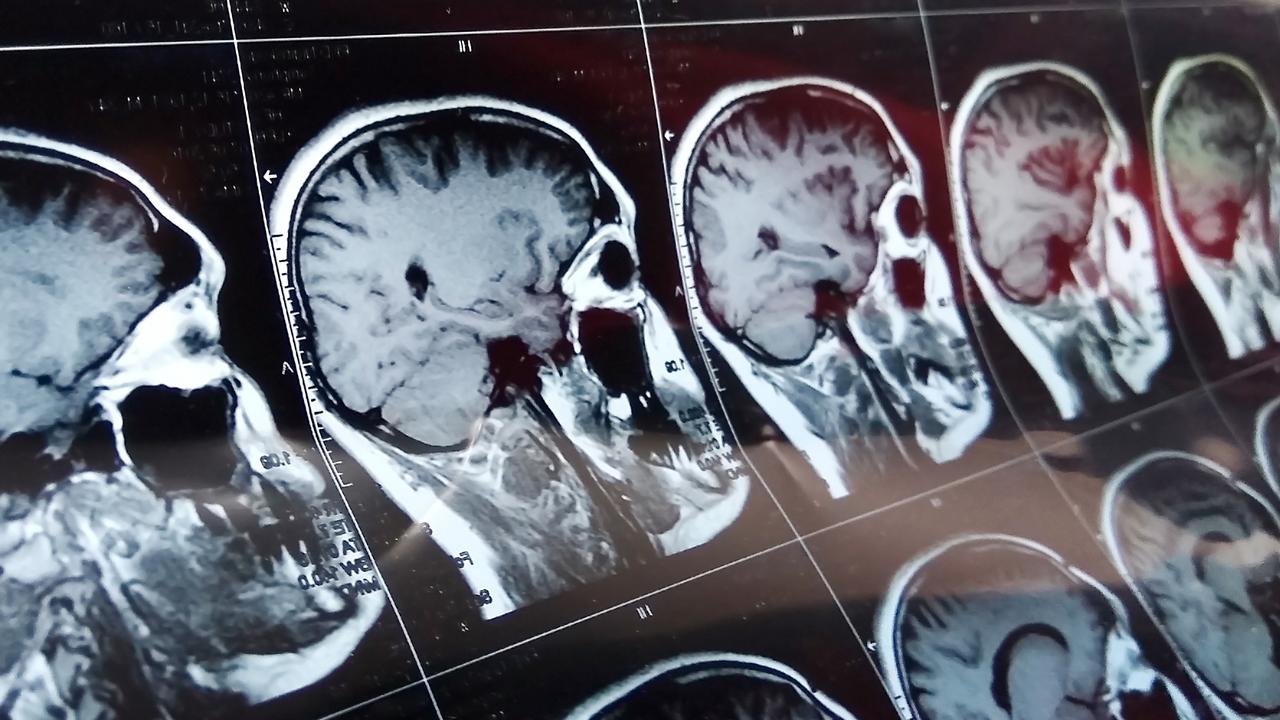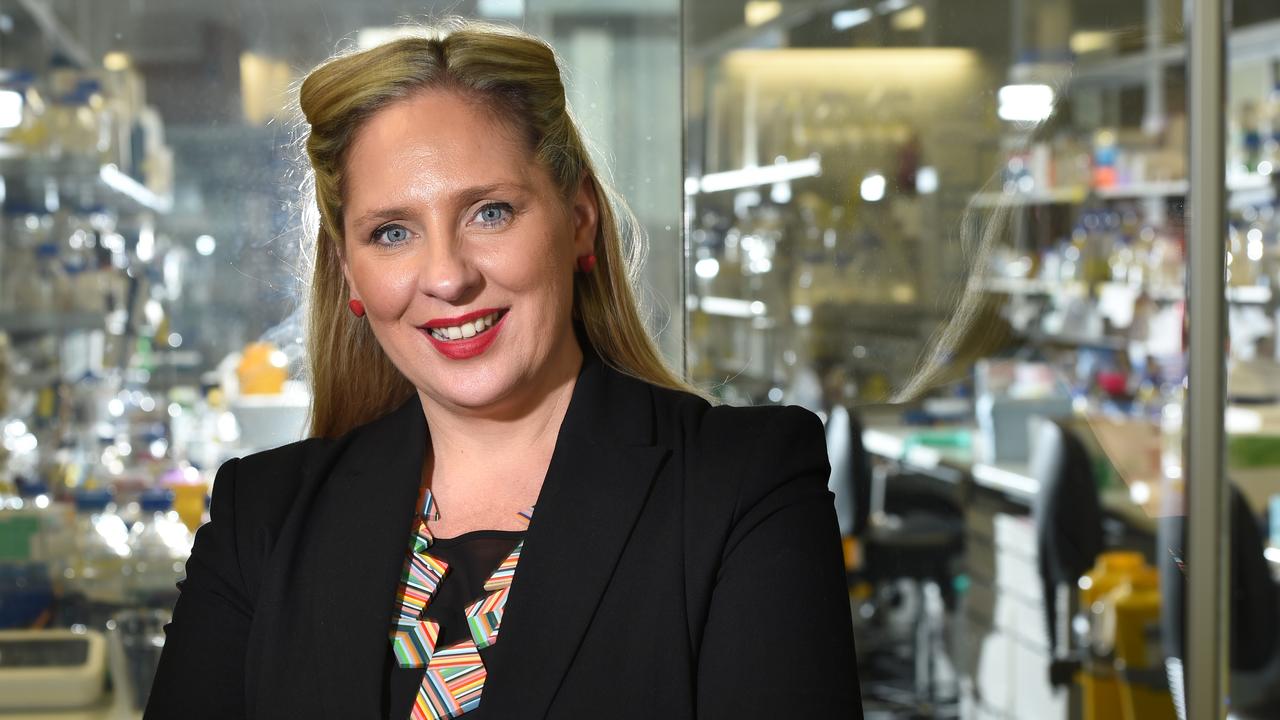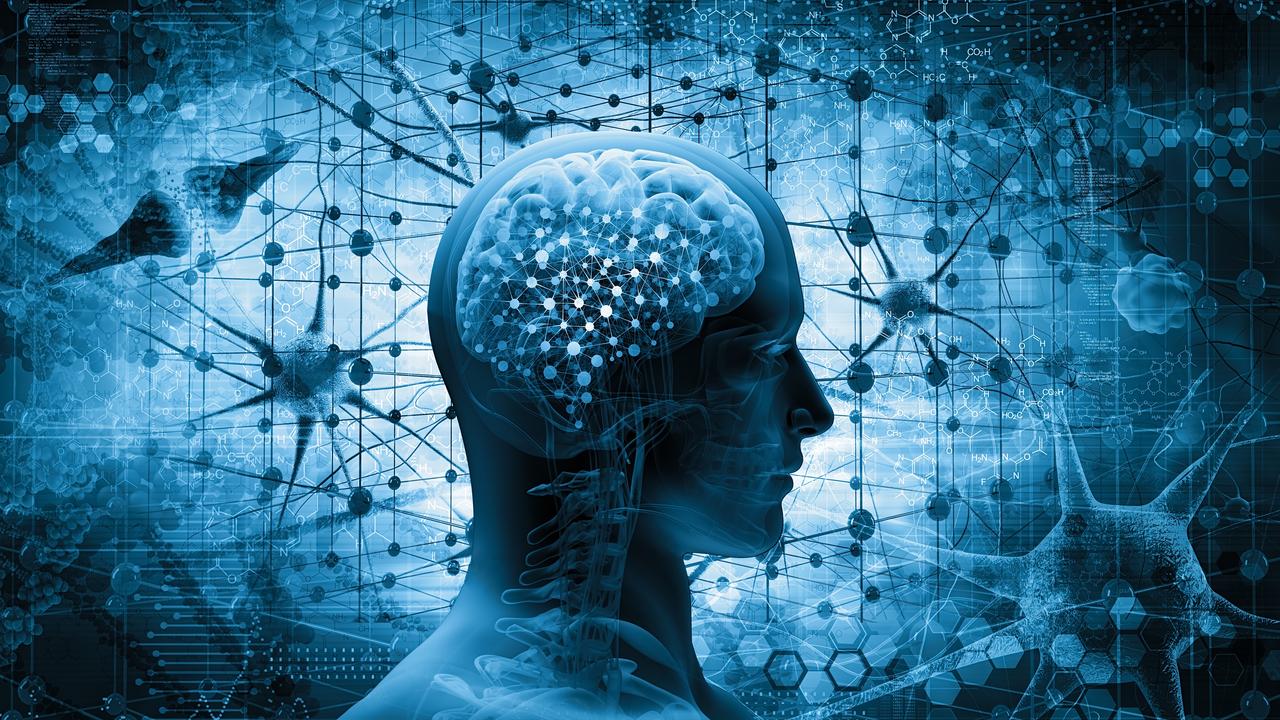Researchers hope new cancer treatment could ‘melt tumours’
Australia could be on the brink of revolutionising brain cancer treatment as Victorian researchers hope to transform patient outcomes with a startling discovery that enables the body to melt tumours from the inside

READING LEVEL: ORANGE
A cutting-edge cancer therapy that trains our immune system* to melt tumours* from within could “revolutionise” treatment for an incurable* brain cancer that has few other options.
Survival rates for gliomas, an aggressive tumour, have barely moved in decades, but Melbourne researchers hope a “two-in-one” therapy that “completely cured” “100 per cent” of mice during trials could be a game-changer.
WEHI* Professor Misty Jenkins said many treatments that succeeded in preclinical trials* failed in humans, but these strong results gave her confidence.
“This therapy not only targeted and killed the cancer cells, but also triggered a long-lasting immune response* preventing future tumour growth,” she said.
“We never expected a two-in-one breakthrough that could offer such lifesaving possibilities.”

The breakthrough was in CAR T cell therapy*, considered the future of cancer treatment but currently limited to just a few select types, and treated adult and pediatric* tumours.
The team hoped brain cancer patients would be able to trial it within two years.
Prof Jenkins said radiation* and chemotherapy* were like using a “blunt instrument” to kill cancer, but CAR T cell therapy took treatment “to a new paradigm*”.
“We can specifically target the tumour cells only and leave the healthy cells unharmed,” she said.
But to target the cancer, Prof Jenkins said they had to find a unique feature, a red flag or beacon that says “tumour over here”.
“As soon as we know what those red flags are … it’s very easy for us to design drugs for them now,” she said.
“We can take the patient’s blood out of a patient, engineer it and give them the right glasses.”
“Then the patient’s own T cells … can kill their own tumour.”

She said they had discovered a protein in the brain tumours that wasn’t “expressed in other healthy parts of the body”, so made T cells that recognised it.
“They then direct the immune system to recognise and destroy the brain tumour.”
Prof Jenkins said WEHI study, published in Journal of Immunotherapy of Cancer, found this protein, EphA3, was also in the blood vessels that line the tumour, so they could “melt the tumour from within”.
She said their CAR T cells were so effective they “hung around” afterwards, ready to attack returning cancer cells – like a vaccine – and prevent relapse*, a potential “game-changer”.
“In the mice, when we gave them (new) brain tumours, they actually were able to also cure those brain tumours as well.”
Prof Jenkins said the team’s study was a “significant development” and supported by the Brain Cancer Centre and Carrie Bickmore’s Beanies 4 Brain Cancer foundation.

“The potential to revolutionise brain cancer treatment – like what has been achieved for other cancers – makes this a truly exciting time,” she said. “We stand on the brink* of transforming brain cancer treatment.”
WEHI PhD student researcher Leesa Lertsumitkul was first author.
Melbourne dad Toby Ewert, 46, who was diagnosed with brain cancer in 2020, said research like this could be the reason someone got more time with their family.
“It makes a huge difference to the patient, but it probably makes a bigger difference to everyone else around them,” Mr Ewert said.
“Five extra years … that might be the difference in meeting grandchildren. But if researchers don’t get enough funding, it’ll just take longer.”
POLL
GLOSSARY
- immune system: the body’s complex network of organs, cells and proteins that work together to fight against infection and disease
- tumours: masses of abnormal cells that form in the body, which can be cancerous or non-cancerous
- incurable: something that can’t be cured
- WEHI: previously known as the Walter and Eliza Hall Institute of Medical Research, and as the Walter and Eliza Hall Institute, is Australia’s oldest medical research institute
- preclinical trials: the testing of a new medical therapy or drug on animals, like mice, to see if it is safe and effective before being trialled on humans
- immune response: the way your body responds to diseases or other things it deems a threat to your health
- CAR T cell therapy: (Chimeric Antigen Receptor T cell therapy) a way to get T cells, which are a type of white blood cell, to fight cancer by changing them in the lab so they can find and destroy cancerous cells
- pediatric: children
- radiation: a type of cancer treatment using beams of intense energy to kill or control the growth of cancer cells and shrink tumours
- chemotherapy: a cancer treatment using powerful chemicals to kill cancer cells and prevent tumour growth
- paradigm: a typical pattern of something
- relapse: getting cancer again after successful treatment
- brink: the very edge, the point before something changes completely
EXTRA READING
‘Fountain of Youth’ scientific find
Plastic not so fantastic for people
Big childhood asthma breakthrough
QUICK QUIZ
1. What is the name of the therapy that could “revolutionise” brain cancer treatment?
2. Which protein is found in the tumour but not in healthy cells?
3. In the animal trials, how many mice were cured of brain cancer using this new treatment?
4. In what way does the treatment also act as a “vaccine”?
5. How soon will humans likely get to trial this new treatment?
LISTEN TO THIS STORY
CLASSROOM ACTIVITIES
1. Write a letter
Write a letter to the state and federal health ministers. The purpose of your letter is to convince them to give the researchers the funding to continue their work in CAR T cell therapy. Your letter should explain the therapy, what needs to happen next and why this research is so important.
Time: allow at least 30 minutes to complete this activity
Curriculum Links: English, Science, Civics and Citizenship, Media Arts
2. Extension
Do you know what T cells are and why they are so important? Use information in the story and your research skills to find out. Use the information that you have found to create a storyboard for an animation or short film that will help younger kids learn all about them.
Time: allow at least 60 minutes to complete this activity
Curriculum Links: English, Health and Physical Education, Science
VCOP ACTIVITY
Amazing inventions
What an amazing breakthrough the research had made. Do you have any ideas for a problem that you wish you could solve?
It doesn’t have to be as big as solving brain cancer. Start small. Think about your everyday lives.
Discuss with a partner some of the problems you or your family encounter. It could be things like choosing dinner, or matching socks together, or deciding who does what chores.
Make a list of as many things as possible that you wish were just a little easier.
Now see if you can come up with one or two possible solutions you can both think of.
Are any of them feasible?
How could you implement them in your lives?

